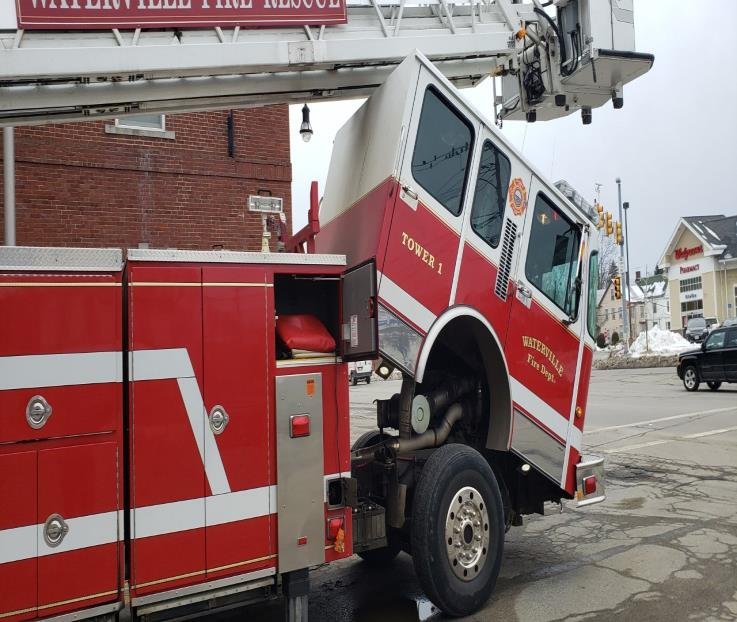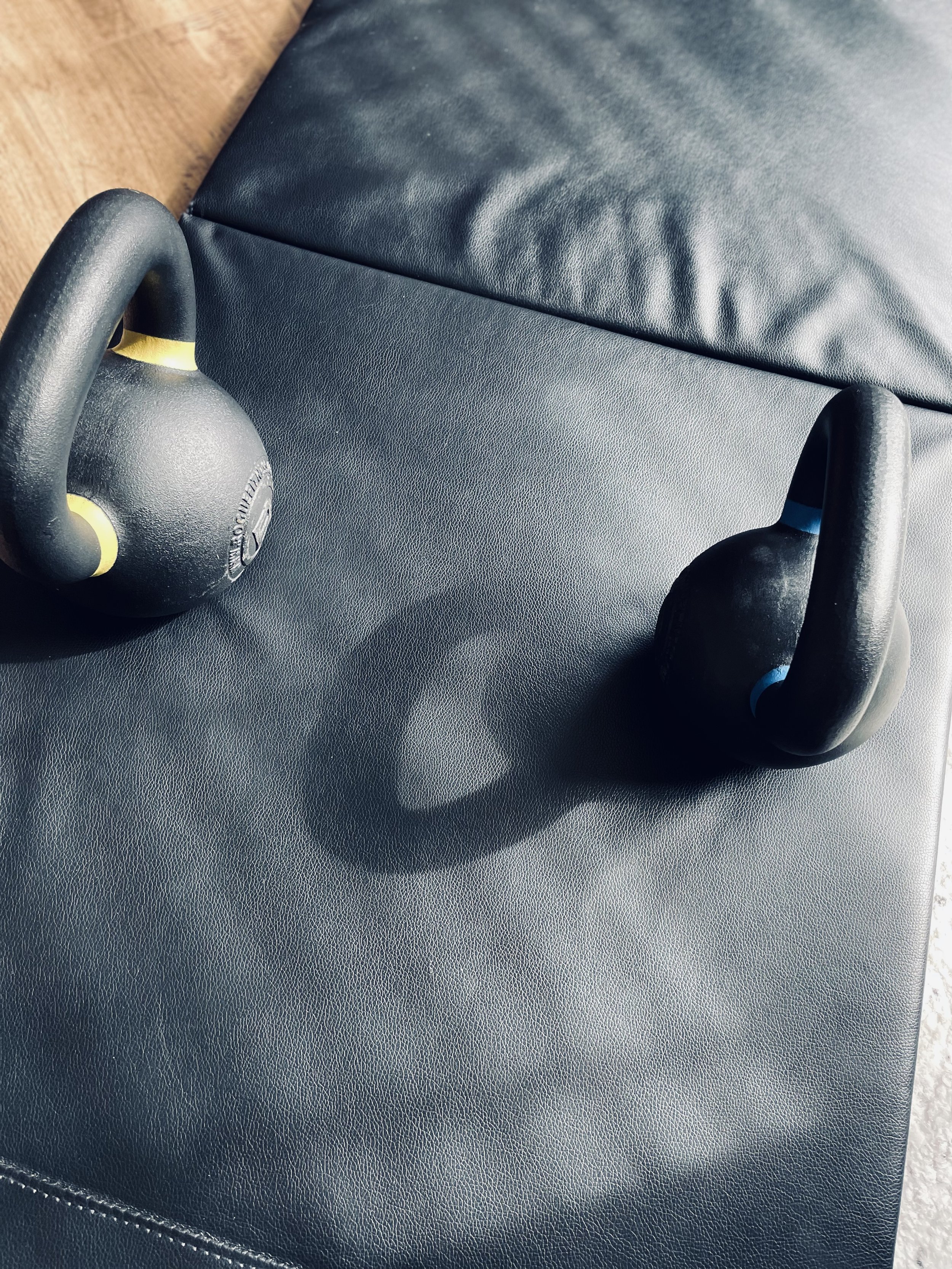Cloud Ceilings
Cloud ceilings are not new and have been around for a while. They are, however, becoming more common and more complex. I’ve noticed a trend over the last few years where clouds have increasingly become a regular part of the interior design and the architectural ceilings in spaces where aesthetics are important or it's a "community" space where occupants will gather on a regular basis. These ceilings are also taking many different shapes and sizes and come in a variety of materials. I have, on multiple occasions, had to design sprinkler protection around floating panels of ceiling tiles, sheet rock, open grid ceilings, fabric panels, wood slats, and geodesic patterns. Designing around these ceilings has always been a challenge but the NFPA is providing guidance with the last few versions of Chapter 13.
Historically, the issue was whether or not you had to sprinkler above and below the cloud ceiling. The ceiling was considered an obstruction and guidance was found in the code sections dealing with obstructions that were either less than or greater than 18" from the face of the deflector. Some instances may have required applying the open grid ceiling section as well. In 2016, the NFPA began to address cloud ceilings in Chapter 13 and then again made further, more beneficial, updates in 2019. Cloud ceilings became defined and the rules for determining when the space above the cloud can be considered a concealed space were provided. These sections determine when sprinklers are only required at the cloud ceiling level, and not above the cloud. Basically, the code provides guidance to determine whether or not the cloud is a sufficient heat collector to initiate sprinkler head operation. This decision is based on the size of the cloud, the size of the gaps around adjacent clouds, and the height of the ceiling. There are additional factors such as sprinkler types and construction materials that play into the decision matrix. The NFPA has even provided some suggestions with respect to seismic concerns. Depending on how the cloud is supported and secured to the structure above, you may need to provide some flexibility in your piping system by utilizing elements such as flexible sprinkler drops in order to accommodate the shifting of the clouds in a seismic event.
A sprinkler designer has many challenges and factors to consider when designing around cloud ceilings. The bottom line is that the design must be code compliant to ensure optimum life safety for the building arguments. There are other factors that must be considered such as aesthetics, constructability, and cost. A designer can't just design a system with sprinklers above and below the cloud ceiling instead of doing the work to interpret the code. It's not the correct design and it drives up the cost for the owner. Working with the architect can also be a struggle. They spend time developing a unique design element of the building and the fire protection designer wants to put an ugly sprinkler head right in the middle of it! Both sides have to work together to find a resolution that not only works but is aesthetically pleasing as well. Although this isn't a fire protection designer's priority, it's providing a quality design that keeps clients coming back.
As firefighters, we need to pay attention when we find ceilings like these. We all know the importance of air movement in an active fire and recognizing the flow path is critical to firefighter tactics and safety. These ceilings may mask heat or smoke and delay the identification of the flow path resulting in us working below heated air or smoke (unburned fuel). It is important to know how the clouds are suspended. Are the clouds hung from rods/cables or are they secured to a rigid structure attached to the deck above? The clouds could move around when hit with a hose stream making your attack difficult or could possibly become a hazard if they fall. They could carry significant weight or become an obstacle when advancing the hose line. The clouds may even be an illusion. For example, in the picture on the right, is that a cloud ceiling or are the doors attached to a sheetrock ceiling that has been painted black?
The bottom line is that success starts early. We need to get into buildings and find out what's in them. When we find an atypical element like a cloud ceiling, we have to investigate to find out why it's there, and how it can impact our tactics and safety. Then we must share this info with our crews. Keep your eyes open, ask questions, and talk. Don’t wait until you're involved in a fire event to figure this out.
Be Smart - Stay Safe!
Building Firefighter Development (buildingfirefighters.com)
About the Author
E.J. Henninger has been designing building systems for more than 20 years. He is currently a Senior Engineering Operations Manager working with a team to deliver plumbing and fire protection designs for a wide range of projects. He has also been a volunteer firefighter for more than 10 years and is currently the captain at a rural Fire & Rescue Company with an active role in the training program. E.J. actively supports the fight against cancer through the International Association of Fire Chiefs and his annual Firefighter Relay Challenge. He is happily married to his beautiful wife of 25 years and has three wonderful sons.





















